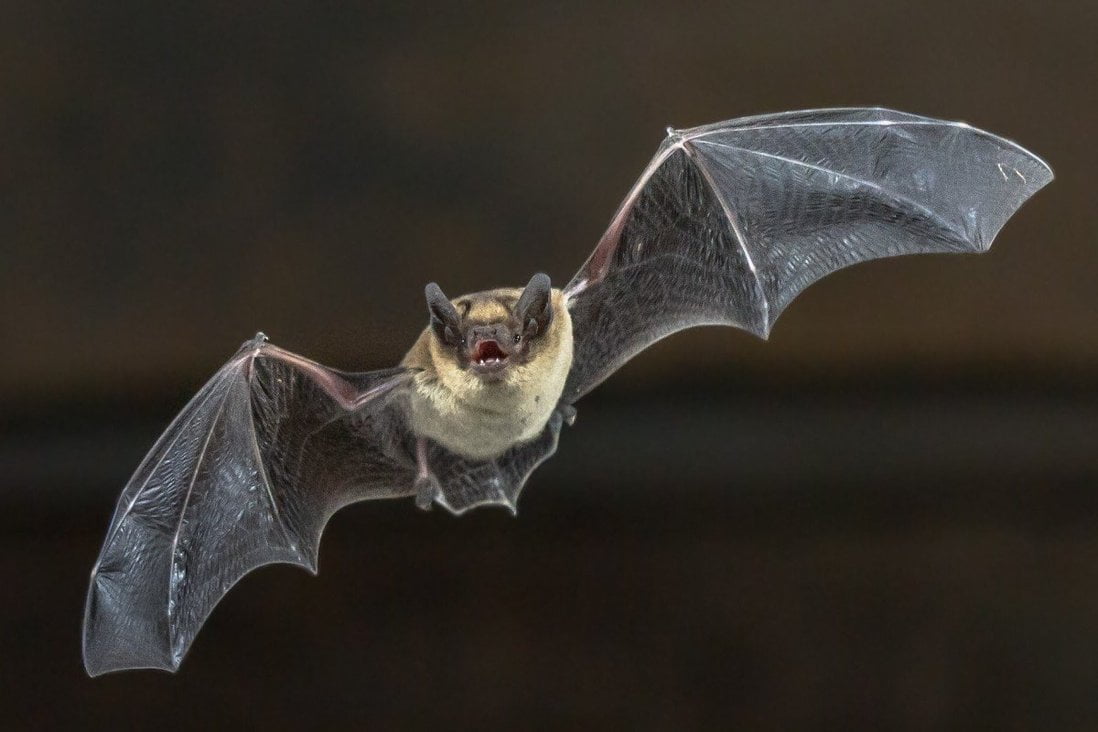Citing the research conclusion of the scientific group led by Professor Shi Weifong at the University of Medicine and Pharmacy Shandong, the Morning Post Office (SCMP) reported that in a total of 24 corona virus strains detected there is one the virus strain carries “the genetic sequence that is believed to be almost identical to the gene sequence of the SARS-CoV-2 virus so far”. However, the study also found that viruses were found not to be the direct “ancestors” of the SARS-CoV-2 virus that caused the COVID-19 pandemic.

Professor Shi’s team found 24 new strains of corona virus in bats in a small area in southwestern China’s Yunnan province. Previously, they collected over 400 samples – including bat saliva and urine – from May 2019 to November 2019. The research team also has the participation of international scientists, including Australia.
According to the research group’s findings, the corona virus strain with the genomic explanation most matched to the SARS-CoV-2 virus was RpYN06, with a similarity up to 94.5%. This similarity is still slightly lower than that of RaTG13 – another bat strain of corona virus found in Yunnan a few years ago with a 96% match. Both have different mutant proteins from the SARS-CoV-2 virus, but from other perspectives the RpYN06 appears to be more closely related.
Professor Shi and colleagues commented, this clearly shows that the ancestor of the SARS-CoV-2 virus left the RpYN06 and TG13 strains several decades ago and underwent a process of change when combined with another strain. They can’t say when and on which host it happened.
Besides the strains related to the SARS-CoV-2 virus, Professor Shi’s team identified three strains of the virus linked to SARS – another deadly strain that caused the epidemic in 2003. They also found 17 new strains of corona virus related to two swine epidemic strains.
Although the researchers did not disclose the exact location where they found the new corona virus strains, but warning that the discovery of so many unknown strains in an area with only a 2km radius is very surprising. The complexity of the host distribution could “cause difficulties in tracing the origin of the SARS-CoV-2 virus and other pathogenic corona viruses,” the study report says.
In the past few months, researchers in Cambodia, Thailand and Japan have discovered many strains of the corona virus linked to SARS-CoV-2 and they occur not only in bats but also in other animals such as pangolins.

